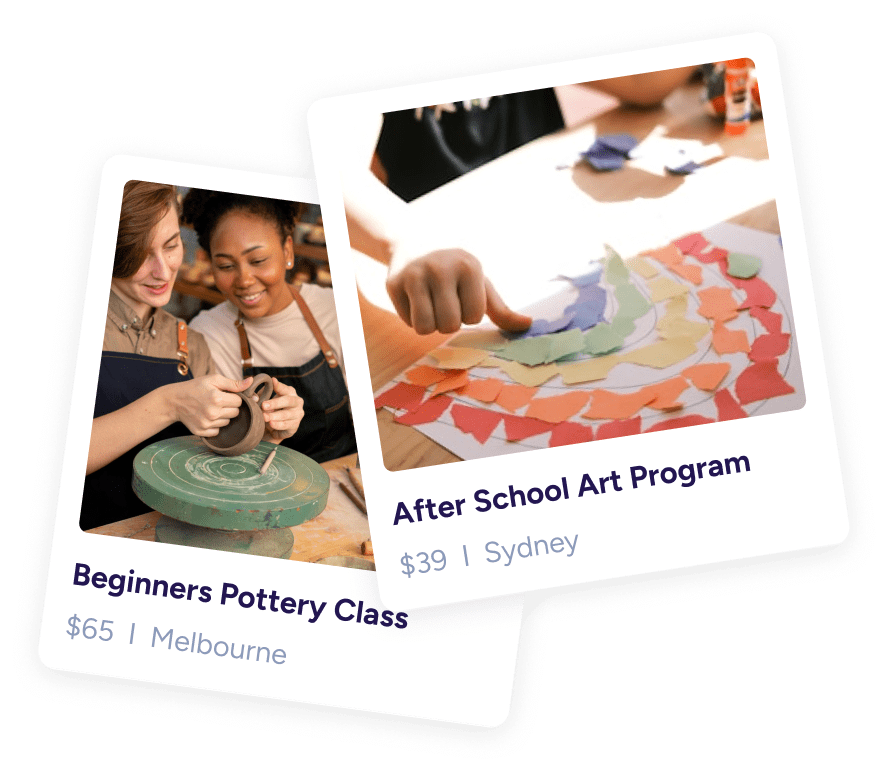Embrace Woodworking Fundamentals
Before diving in, grasp the basics of woodworking. Understanding various wood types, including durable hardwood and flexible softwood, is crucial. Each type has distinct characteristics, strengths, and weaknesses, so selecting the right timber for your project is essential.
Let’s discuss tools. Begin with the essentials: a reliable tape measure, quality chisels, a versatile coping saw, and a trustworthy combination square. Expand your collection with experience, adding a table saw, router, and planer to enhance your woodworking capabilities.
Establish Your Woodworking Workspace
Do you have a designated space for woodworking? You’ll need a well-ventilated area with proper lighting. Invest in a sturdy workbench for cutting, drilling, and assembling.
Organization matters. Consider cabinets, shelves, and toolboxes for tidy storage. A clean, organized workshop not only looks good but also promotes safety by reducing clutter and hazards.
Master Essential Woodworking Techniques
Woodworking involves mastering various techniques. Here are some fundamentals:
- Measuring and Marking: Accurate measurements and markings are vital. Learn to use a tape measure, combination square, and marking gauge for precision.
- Cutting and Shaping: Practice with handsaws, jigsaws, and coping saws for clean, precise cuts.
- Joinery: Familiarize yourself with common joinery techniques like butt joints and mortise and tenon joints for sturdy connections.
- Finishing: Sanding, staining, and applying finishes bring projects to life. Experiment with different techniques to enhance wood’s natural beauty.
Prioritize Safety
Safety should be top priority:
- Personal Protective Equipment (PPE): Wear safety glasses, ear protection, and a dust mask.
- Tool Familiarity: Read instructions and understand tool operation for safety.
- Clean Workspace: Keep the area clutter-free to prevent accidents.
- Take Your Time: Rushing leads to mistakes. Pay attention to detail for precision and safety.
Seek Inspiration and Learning
Explore resources for inspiration:
- Books and Magazines: Dive into woodworking literature and magazines for tutorials and tips.
- Online Communities: Engage with forums and communities for advice and feedback.
- Video Tutorials: Watch tutorials on platforms like YouTube for guidance.
- Classes and Workshops: Consider attending local classes or workshops for hands-on learning.
Woodworking is a rewarding craft. By understanding basics, setting up a functional workspace, mastering techniques, prioritizing safety, and seeking inspiration, you embark on a fulfilling journey of creativity and skill.







